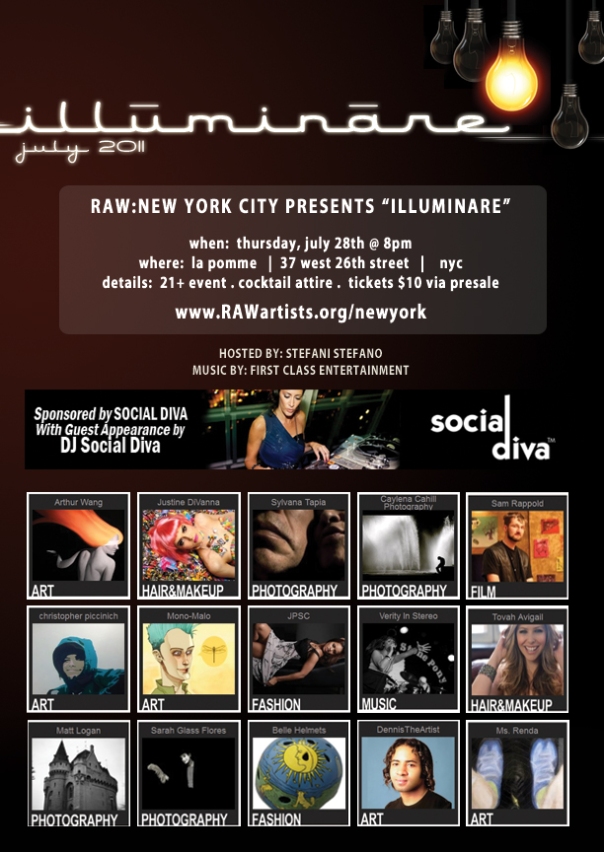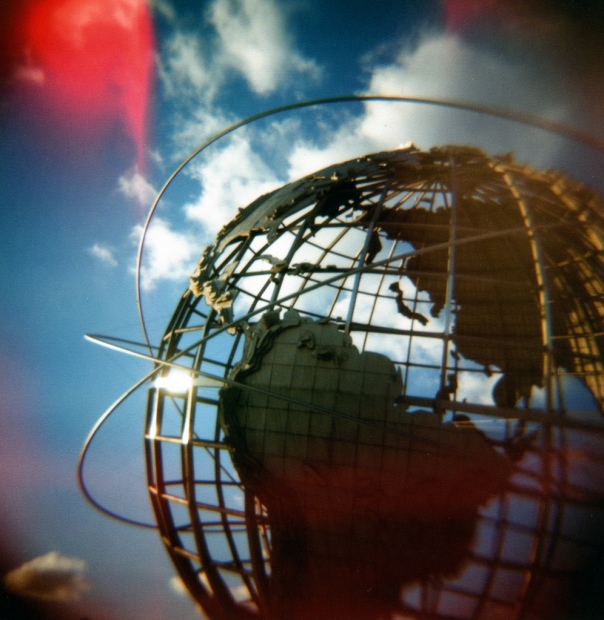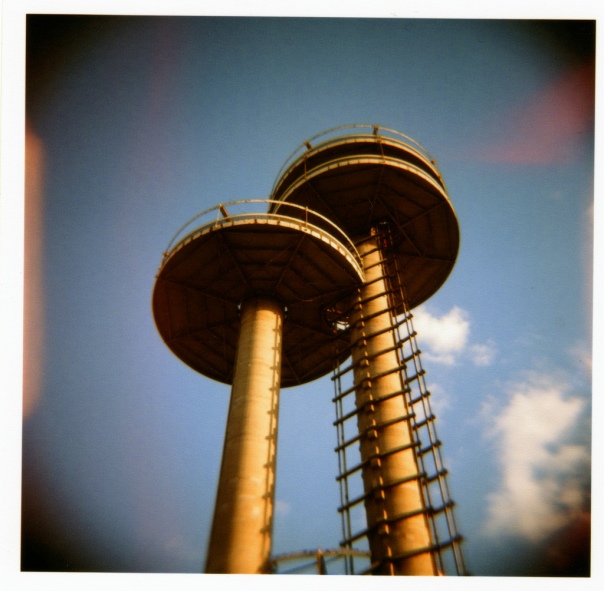Monthly Archives: July 2011
Summer in the Adirondacks – and a bit about Long Lake
Despite their location within 300 hundreds miles of New York City, the Adirondack Mountains are a world away. Along with the the backwoods of Maine, this area is the last great wilderness of the Northeastern United States. Spanning a territory larger than that of Yellowstone, Yosemite, Glacier, Great Smoky, and the Grand Canyon National Parks combined, these mountains have the distinction of being part of the largest state-protected area in the lower 48 states. They are also unique in that the area covered by the Adirondack Park is a mixture of protected wilderness, towns, and logging. In many ways, for better and worse, it is an experiment in the balance between enterprise and nature- simultaneously a region of tiny towns and raw land, and a region that has twice hosted the Olympics.
Some areas of the mountains are so remote that the legendary source of the Nile was found by Europeans/Americans before the source of the Hudson, on the side of Mt. Marcy, the highest point in the state.
The earth here is deep-green and speckled with lakes, ponds, and streams, many of which are inaccessible by road, and many of which are interconnected. It is possible to canoe or kayak hundreds of miles, and even reach the St. Lawrence River. The Adirondacks have been catching rain for millennia.
Nestled in the heart of the mountains is Long Lake, a 14 mile long widening of the Raquette River, which has drawn summer visitors since the Gilded Age. Many areas of the lake are sparsely populated (especially towards the north end), but near the town one can do the usual summer activities – boating, waterskiing, sailing, canoeing, kayaking, camping, etc. In addition, Long Lake is the home of Helm’s Aero Service, an outfit that, with reasonable rates, provides extraordinary aerial tours and excursions by floatplane. There is great mountain climbing in the area as well, with many hikes ending atop one of the legendary (and rickety!) Adirondack fire towers, peering over a huge landscape.
For all the daytime activity, people know how to chill here- fires and fishing abound as the sun falls, and the lake stills to glass, and the lucky few catch the haunting calls of the loons.
By the way, if you’re of the mind to canoe or kayak, head to Raquette River Outfitters, in town near the bridge. Stacy and the rest of the staff there are awesome and have a deep passion for the outdoors.
This Thursday – Illuminare
Photography, music, film, art, design, fashion, and dance all under one roof? And all on the same night?
This is exactly what happens every month at an NYC RAW showcase. The latest edition is on for Thursday in Chelsea –
AND I’ll be showing some photos from my portfolio of analog prints taken with my Holga and Diana
The event will be selling out in the next day, so get your ticket for all this awesome-ness now:
http://www.rawartists.org/newyork/illuminare/?artistid=16265
Make sure you’re buying a ticket for “Matt Logan”, to let them know who you’re there to support!
For more info: http://www.rawartists.org/newyork/illuminare
Bull Run – 150 years on.
“You are green, it is true, but they are green also; you are all green alike.” – Abraham Lincoln, 1861
150 years ago today, on what must have been a murderously balmy Virginia summer day (not unlike today along the East Coast), the Federal army and the newly minted army of the Confederate States of America met for the first time in major combat at Manassas, only 30 miles or so from the capital.
The average American had no idea yet of the first-hand horrors of war. Spectators from nearby Washington DC came to watch the “action”. When the Confederate army was not routed as expected, they ran back to DC in a panic, as did many of the ragtag Union soldiers.
The number of casualties suffered by both sides horrified the public, but sadly, the figure was paltry compared to what was to come.
It was at this battle that Thomas Jackson earned his nickname: “Stonewall”:
“There is Jackson standing like a stone wall. Let us determine to die here, and we will conquer. Rally behind the Virginians.”
The bridge was destroyed, but later rebuilt:
http://www.old-picture.com/civil-war/Virginia-bridge-stone-Ruins.htm
World’s Fair Grounds – Queens
In 1939 and 1964, at two great turning points of the 20th century, Flushing Meadows hosted the World’s Fair. The fairs were visited by hundreds of thousands- my grandparents saw both of them, and my father and wife’s mother were at the 1964 fair as little kids. I wish I could have seen them.
All that remains now is scattered in ruins throughout the park– Ruins of structures that represented the deepest ideals of their time and that expressed an imagined future of hope and progress. It is interesting and sad that many of the promises presented by both Fairs were completely trampled in the years immediately following them.
The park is woefully neglected and fantastically hard to access- finding open access points is abnormally difficult. Ironically, the highways built in the 1930’s to bring visitors to the World’s Fair now bind the park in such a way that keeps most people out.
But actually, all this is a blessing, as, once in the park, you can be nearly alone amongst the relics of 20th century idealism. There is a strange surreal serenity here- like the landscape of a 1960’s post-apocalyptic, failed-utopia science fiction movie.
Also, the park’s neglect means you can approach a lot of the structures un-bothered. There’s no other place in the city where you can skateboard around and even CLIMB on such internationally iconic structures as the Unisphere.
This is an excellent site about the ’64 Fair – the maps are especially superb: http://www.westland.net/ny64fair/
These are some pictures of the 1939 Fair: http://www.life.com/image/first/in-gallery/41782/future-vision-ny-worlds-fair-1939
A Colorform Friday!
Greetings from the Adirondacks! (more on that later)
Tomorrow the band I play cello in, Colorform, is rocking out with a brand new full line-up! If you’re anywhere near NYC, you should definitely check it out. It’s female vocals, acoustic guitar, bass, drums, cello, AND live improvised art.
The show’s at 10pm at:
The Local 269
269 East Houston Street (btw. Aves A and B)
NYC
$7 cover (for a whole night of music)
Here is a work that artist Sarah Valeri created from scratch during one of our 45 minute sets:
ALSO –
2 weeks from tonight is NY RawArtists’ Illuminaire where some of my Holga and Diana pictures will be showing. There’s a ton of great artists and creative people involved. More details later, but check out the site, and your tickets now, as these things tend to sell out.
A Brief History of Antwerp
Last month I posted about Kulminator, a legendary Antwerp beer spot. Here’s some history on a fantastic city:
Antwerp is a most cosmopolitan city. There seems to be a certain indescribable ennui throughout much of Belgium- but not in Antwerp. There is a causal sophistication here. Unlike Bruges, which is stuck in time, and Brussels which seems to have lost its identity in its role on the international stage, Antwerp is vibrating through another golden age.
The area has been settled at least since the Roman era, but really rose to prominence in the 1500’s after the Zwin River silted up and Bruges’ economy collapsed. If Bruges was an incredibly prosperous port whose realm of trade stretched throughout medieval Europe and the Levant, Antwerp was a port of intercontinental scale- one of the first such ports in the world. As part of the Spanish Empire, it brought in goods from as far as the Americas and Asia. Some sources say that in the early 1500’s, Antwerp saw up to 40 percent of global trade, and was one of the largest cities in Europe.
This, of course, is where the city’s cosmopolitanism originated. Merchants from across Europe set up shop in Antwerp, and the spirit of tolerance inherent in most port cities attracted a large population of orthodox Jews. And, as always, wealth attracted the arts, including some of the most prominent painters and musicians of the Northern Renaissance.
Despite this boom period, there was a great underlying tension rising. The Low Countries became swept up by the Protestant Reformation and by a growing resentment of Spanish rule. Violence erupted in 1566, with the Iconoclastic Fury, in which Protestants ransacked towns and churches, destroying Catholic icons. A reason why many Medieval churches in Belgium have interiors adorned in the style of the Renaissance and the Baroque is that so many of the items made before 1566 were lost. The fiercely Catholic Spanish came down hard, and thus began the Eighty Years’ War which resulted in the independence of the Netherlands.
As a city at the heart of the Dutch Revolt, Antwerp suffered mightily. In November of 1576, Spanish troops sacked the city, plundering property and killing 6,000 residents – an event which became known the “Spanish Fury”. In 1585, Spain took full control of Antwerp and expelled the Protestants to the north. The population was reduced by half, and Amsterdam became the new center of international trade.
After this, the city fell into a long period of decline and was revived only in the early 19th century, when Napoleon invested in upgrading the long-neglected port (which the British attempted to capture in a disastrous campaign). In the 1890’s, Antwerp hosted a World’s Fair, and in 1920, the Olympics. The city was heavily damaged by German bombs in WW2, but today is on the rise once again- today ranking among the top 20 of busiest ports in the world- certainly larger than the port of New York. Standing on the bank of the River Scheldt, one can see shipping facilities stretching to beyond the horizon.
And once again, Antwerp is a cosmopolitan place. There is a diverse immigrant community, the arts have returned, and the city is taking a seat among the most prominent fashion centers of the world. 80 percent of the world’s rough diamonds pass through its diamond markets (unfortunately though, this includes many blood diamonds).
In short, there is a lot of action here. By day, the streets bustle with a certain vibrancy and lust for life. By night, bars and restaurants host a sophisticated conviviality. It feels like a new city.
It’s interesting how history works though. Walking at dusk through the Grote Markt, with its magnificent Golden Age houses of trade, under the sublime carillon of the Cathedral, you realize that, though the faces and much of the cityscape have changed, it is, in essence, the same city it was half a millennium ago.
Onze-Lieve-Vrouwekathedraal (Our Lady Cathedral) –
Construction began in 1352. (though a a number of churches have existed at this site since the 800’s)
This cathedral is notable for a number of reasons- it has the tallest spire in “Benelux”. From the 1450’s to the 1650’s it hosted a number of the most influential composers of their time, including particularly Johannes Ockeghem, Jacob Obtrecht, and John Bull.
Though the interior was plundered twice (during the Iconoclastic Fury of 1566, and during the French Revolution). Still, the cathedral is home to a number of paintings of Peter Paul Rubens, who made his home in Antwerp.
And it rings the most sublime of bells. By day, an amazing sound from on high, an ethereal singing above the afternoon bustle. By evening, the carillon echoes off the buildings of the empty Grote Markt and the small surrounding streets-. Music resonating from all sides- at times, a high tinkling and at others, a low sonorous gong.

































